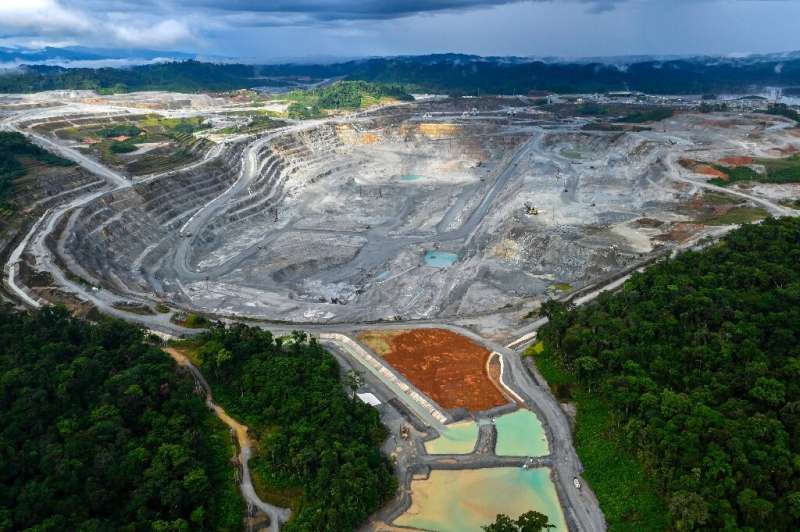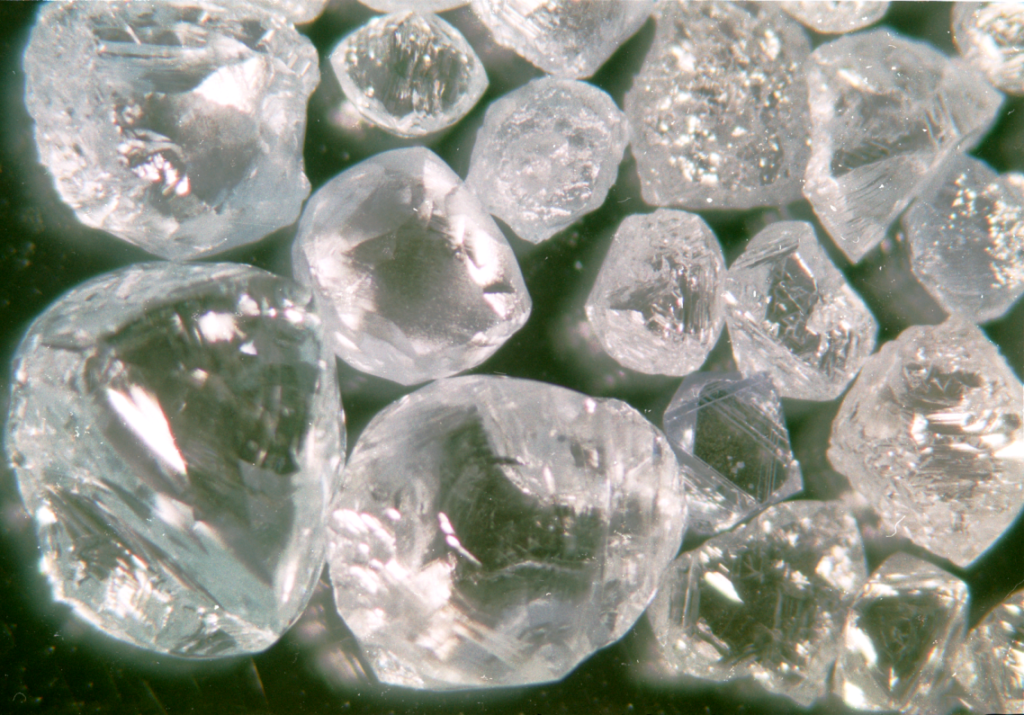Charlotte Rene Woods, Virginia Mercury
August 13, 2024
Former president Donald Trump keeps saying that Virginia Democrats support killing babies. Though the false allegation has been fact-checked numerous times, he’s made the claim multiple times this summer.
He said it in the June presidential debate, on a panel at the National Association of Black Journalists conference in July, and more recently during an Aug. 8 press conference at his Mar-A-Lago estate in Florida.
“Based on the [former] governor of Virginia, they’re allowing the death of the baby after it’s born,” Trump said of Democrat Ralph Northam, who was governor from 2018 to 2022.
The video player is currently playing an ad.
But infanticide is illegal in all U.S. states. Abortion, which terminates a fetus before it is born, is legal for any reason up until around 26 weeks of gestation in Virginia with limited exceptions for later abortions.
The infanticide allegation stems from a WTOP interview with Northam in which he described palliative care for babies born with severe complications and low survival rates — not abortion.
Palliative care is a type of care to keep dying patients comfortable. It’s typically applied to those dying of old age or terminal illness, but can be used for babies born with severe fetal anomalies.
Clips from Northam’s interview fed into the popular “no limits” or “moment of birth” narrative that abortion opponents have pushed over the years in Virginia and beyond.
“Because [Northam] never provided the full context of the issue, his comments were interpreted that way — and one could see why they were interpreted that way,” said political analyst Bob Holsworth.
How the national allegation took hold in Virginia
Flash back to the winter of 2019. Del. Kathy Tran, D-Fairfax had a bill that would have lowered the three-physician threshold of approval for abortions that occur later in pregnancy.
A sign outside a clinic that provides abortions in Richmond, Va. (Sarah Vogelsong / Virginia Mercury)
Abortions at or after 21 weeks of gestation are rare, making up 1% of abortions nationally. These types of abortions tend to happen later in pregnancy because severe fetal anomalies aren’t usually detected earlier through tests or ultrasound. They may also happen because a life-threatening emergency arises later in pregnancy.
Virginia law then and now also allows for instances where continuing a pregnancy would “irremediably impair” a person’s mental health too. During a committee hearing on Tran’s bill, Del. Todd Gilbert, R-Shenandoah, asked if the bill would allow for an abortion to occur if a woman were already in labor. Tran answered “yes,” though she later said that she misspoke.
Tran told The Washington Post “I should have said: ‘Clearly, no, because infanticide is not allowed in Virginia, and what would have happened in that moment would be a live birth.’ ”
Holsworth thinks Tran “botched the answer.”
“When Northam attempted to rectify the situation, he made it worse.”
Status of abortion rights in Virginia
Abortion remains legal in Virginia and next year Democrats will begin a process to enshrine protections in the state’s constitution. The measure will need to pass two years in a row with a House of Delegates election in between before it could appear on statewide ballots in 2026. From there, voters will give final approval or rejection.
Trump has repeatedly claimed that he thinks the matter should be settled on a state by state basis while Vice President Kamala Harris has made restoring federal protections a platform of her campaign.
Democrats are skeptical if Trump is being truthful in his states’ purview stance.
Project 2025, a policy guideline published by conservative think tank The Heritage Foundation, points to federal mechanisms to further restrict abortion and ban abortion pills nationally. Trump has said he doesn’t know “who is behind” the blueprint, though members of his previous administration authored portions of it. In a recent press conference, he did not rule out having the Food and Drug Administration revoke access to abortion pills.
Northam had explained how later abortions typically occur because of fetal survivability issues. He added that if a person were in active labor, a birth would occur.
“If a mother is in labor, I can tell you exactly what would happen. The infant would be delivered,” he said.
Then he added what has since percolated in messaging from abortion opponents in the years since:
“The infant would be kept comfortable. The infant would be resuscitated if that’s what the mother and the family desired, and then a discussion would ensue between the physicians and the mother.”
Though the allegation has been debunked multiple times over the years, it has taken a mythic and persistent root in political arguments.
Democratic Party of Virginia chairwoman Susan Swecker declined to comment when asked about Trump’s rhetoric of Virginia to national audiences and Republican Party of Virginia chairman Rich Anderson did not respond.
Abortions and palliative care needs will continue
Virginia abortion providers have reported a spike in out-of-state patients. And sometimes patients have had to travel up to Maryland.
Diane Horvath, an OB GYN, said her Maryland-based clinic is seeing more patients in need of later abortions. Her clinic provides the procedure regardless of how early or late in gestation patients are.
As surrounding states have near total bans or restrictions as deep as six weeks, patients are sometimes needing to travel to areas that can legally give them abortions. While some people may not know they are pregnant earlier in gestation, for others it may take time to arrange appointments, leave work, or find childcare.
Then in the cases of fetal anomalies that might inspire someone to seek an abortion, patients may not find out until after their state’s abortion limit. Some testing that reveals anomalies doesn’t occur until after 15 weeks of gestation and can take about two weeks to reveal results.
Horvath said that when parents are faced with severe fetal anomalies sometimes aborting the fetus can be the easier choice, while for others that might be birthing, then burying their child, who has died from natural causes after palliative care.
Horvath said to insinuate infanticide is “willfully misrepresenting an incredibly difficult circumstance that happens to some families when their baby has a lethal diagnosis.”
As abortion continues to be a political talking point, it’s the patient experiences she hopes lawmakers can reflect on.
“When you ban abortion at a certain point in pregnancy, it just pushes people further into pregnancy. Some people still need an abortion, they just have to work a lot harder to get it,” Horvath said. “That takes a lot of time and a lot of resources, and it’s just hard on people — nobody would do this unless they absolutely needed it.”
Virginia Mercury is part of States Newsroom, a nonprofit news network supported by grants and a coalition of donors as a 501c(3) public charity. Virginia Mercury maintains editorial independence. Contact Editor Samantha Willis for questions: info@virginiamercury.com. Follow Virginia Mercury on Facebook and X.







